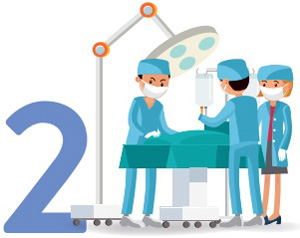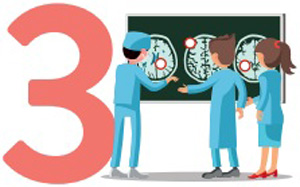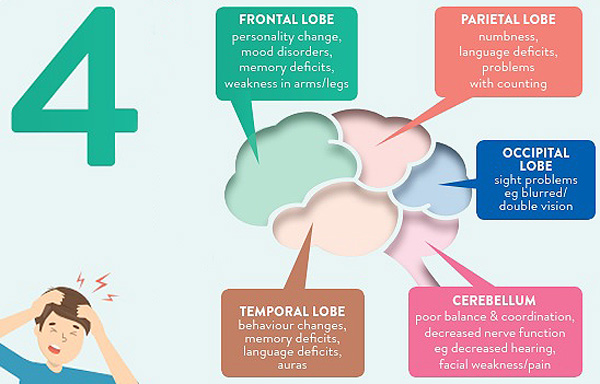Dr Wan Kai Rui, Associate Consultant from the Department of Neurosurgery at National Neuroscience Institute (NNI), shares five basic things to know about brain tumours.
Brain tumours: 5 Facts you need to know
The thought of having a brain tumour is frightening, but knowing the signs and seeking early treatment can improve the chances of recovery.
Dr Wan Kai Rui, Associate Consultant from the Department of Neurosurgery at National Neuroscience Institute (NNI), a member of the
SingHealth group, shares brain tumour treatments and basics that everyone should know.

Anyone can get a brain tumour
From babies to the elderly,
brain tumours can affect anyone at any age. In Singapore, about 500 adults and 40 children undergo surgery every year to remove a brain tumour. Brain tumour cancers are the second most common type of cancer in children after
leukaemias.

There are over 120 types of brain tumours
A brain tumour is an abnormal growth of cells beneath the skull. Since there are many different types of cells within the brain, this leads to many different types of brain tumours. Brain tumour surgery is often the mainstay of treatment for brain tumours.

Not all brain tumours are cancerous
Some brain tumours are cancerous (malignant) while others are non-cancerous (benign). There are important differences between the two (see below).
Cancerous brain tumours are often deadly; non-cancerous brain tumours can also kill if left untreated because, as they grow, they can damage vital parts of the brain.
About
cancerous (malignant) brain tumours
Starts in the brain (primary tumour) or spread to the brain from other parts of the body (e.g. breast, lung or bowel (secondary tumour)
Often grows quickly
Can spread to other parts of the brain or the spinal cord
May grow back even if removed completely during surgery
May require radiotherapy or chemotherapy after surgery
About
non-cancerous (benign) brain tumours
Always starts in the brain
Usually grows slowly
Usually does not spread to other parts of the brain or body
Are less likely to grow back if removed completely during surgery
Usually does not require radiotherapy or chemotherapy after surgery
May turn cancerous (malignant)

Symptoms may vary, depending on a brain tumour's size and location
As a tumour grows inside the skull, it causes increased pressure on the brain. Common symptoms include:
Other symptoms can also occur,depending on where the tumour is located.
Frontal lobe: Personality change, mood disorders, memory deficits, weakness in arms / legs
Parietal lobe: Numbness, language deficits, problems with counting
Occipital lobe: Sight problems e.g. blurred / double vision
Temporal lobe: Behaviour changes, memory deficits, language deficits, auras
Cerbellum: Poor balance and coordination, decreased nerve function e.g. decreased hearing, facial weakness / pain

Know when to see a doctor
If you have persistent symptoms as described above, see your family doctor and ask about being referred to a specialist. The chances of you having a brain tumour are low but still possible.
Remember — early diagnosis and treatment improve the chances of recovery and brain tumour survival rates.
Ref: L20
Check out other articles on brain tumour:
Brain Tumour: Causes, Types, Diagnosis and Treatment
Brain Tumour: When Is It Brain Cancer?
Meningioma: Most Common Brain Tumour in Singapore
New Way to Diagnose Deadly Brain Tumour
